#23: Arctic Mobility
We talk with Dr. Orian Welling and Mr. Michael Parker from ERDC’s Cold Regions Research and Engineering Laboratory about how ERDC’s cold weather mobility expertise will directly help the U.S. military better protect and defend the Arctic. As the Arctic grows in strategic importance to the United States, the region also presents unique challenges to…
Read MorePodcast: Play in new window | Download
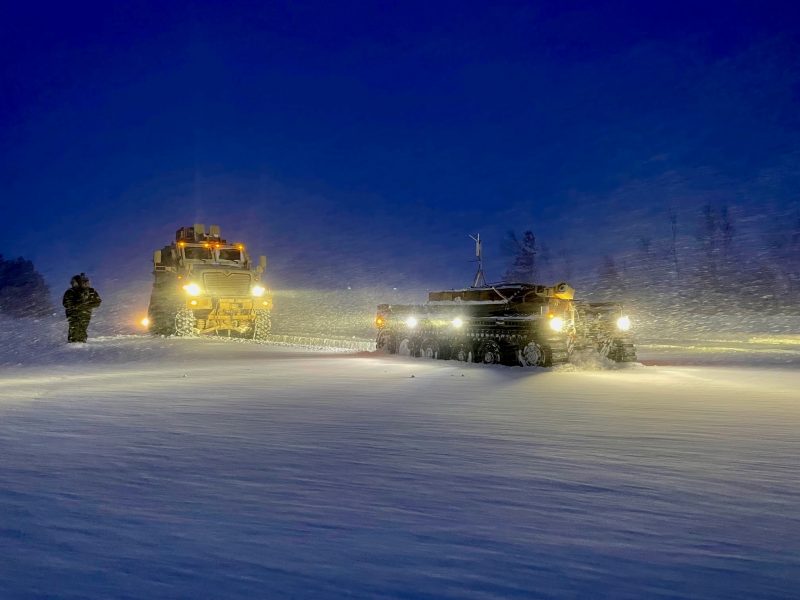
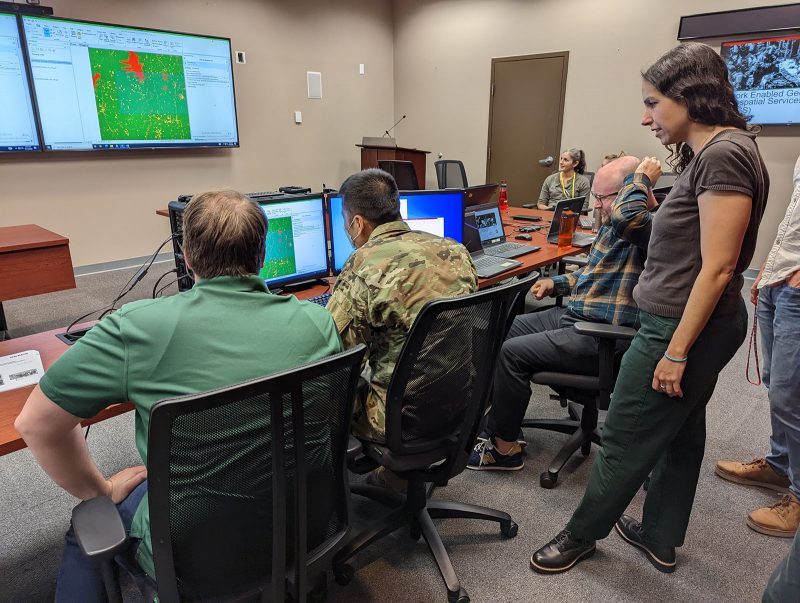
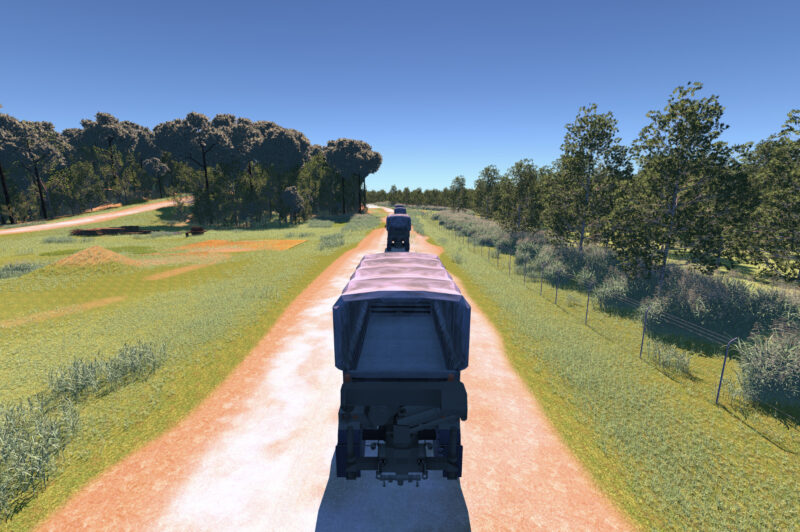

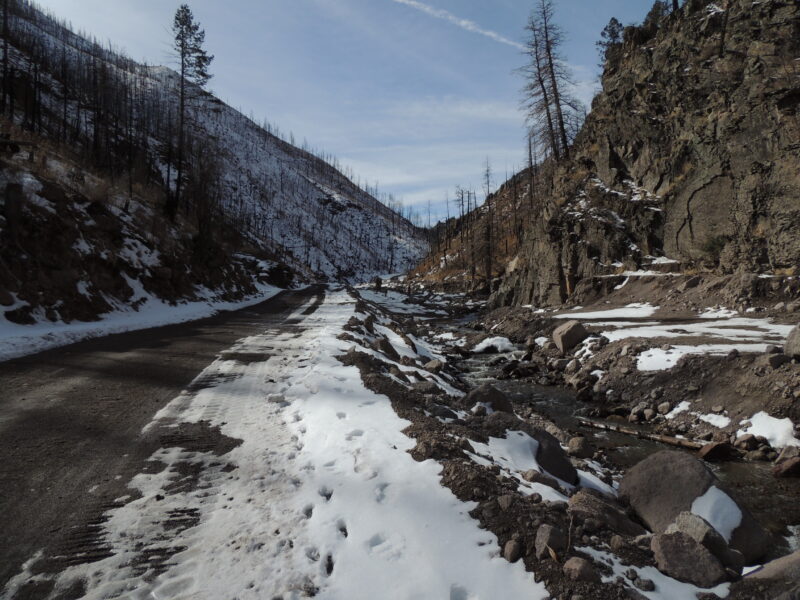

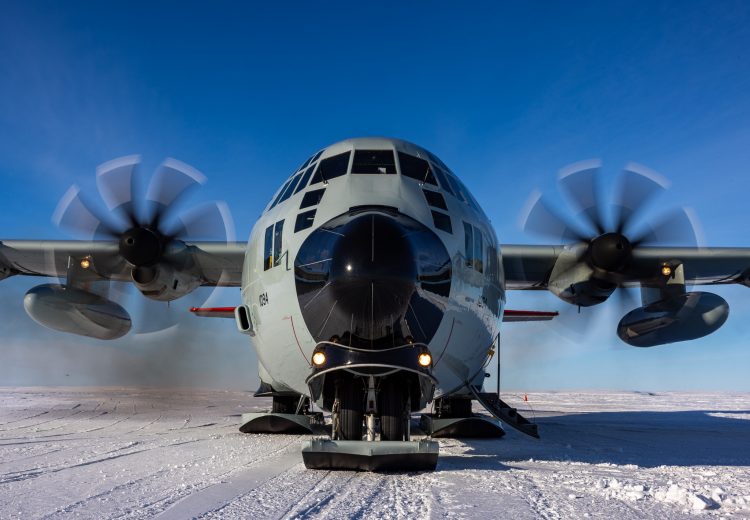

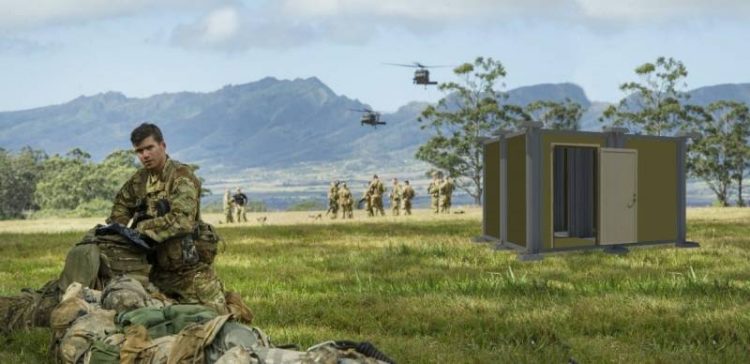
Recent Comments